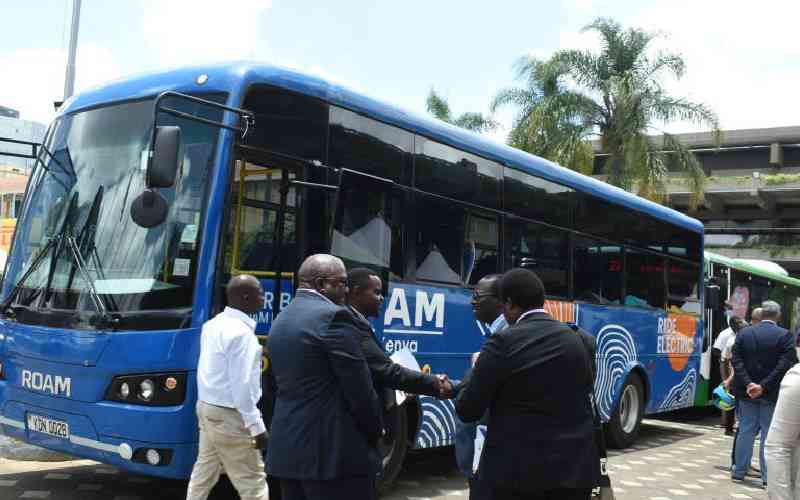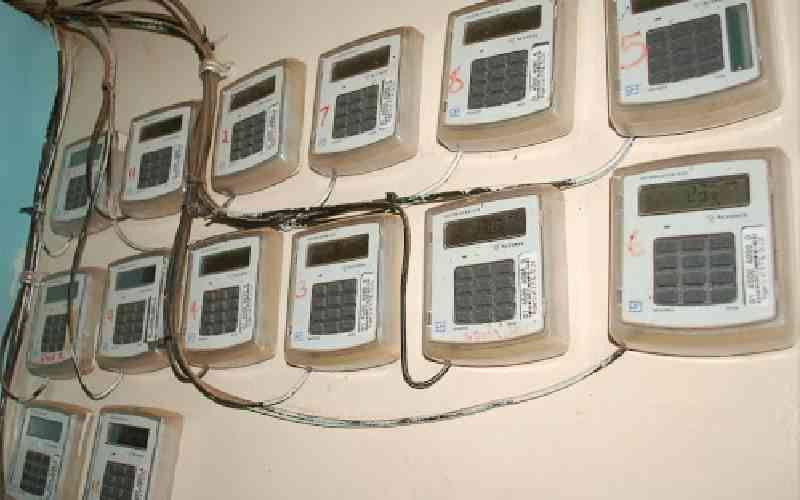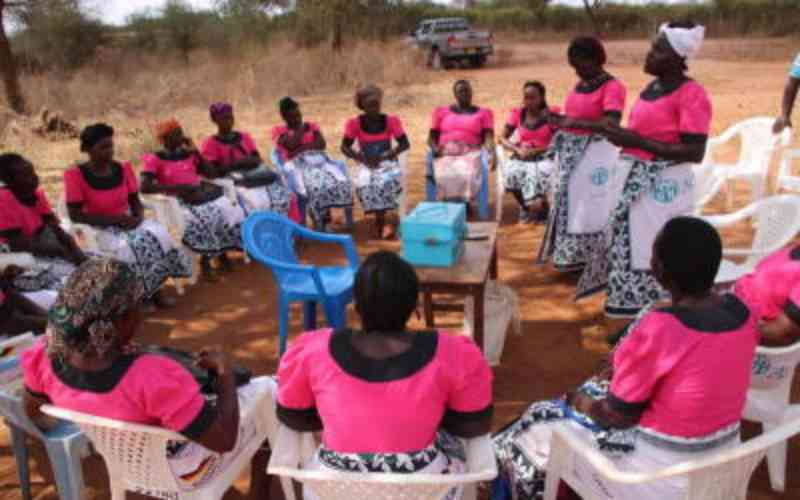Kenya Power will not pay shareholders an interim dividend in the six months to December 2016, despite growth in its profits to Sh4.2 billion.
In a statement announcing its results for the half year, the firm said the board did not recommend payment of an interim dividend. In the half year to December 2015, the firm paid a dividend of 20 cents per ordinary share. The firm further paid a final dividend of 30 cents per ordinary share for the year to June 2016.
Failure to pay dividends during the half year could be attributed to substantial decline in cash at hand, which Kenya Power said had been due to investments in capital projects. The electricity distributor yesterday said its profit after tax grew 13.5 per cent to Sh4.2 billion up from Sh3.7 billion over a similar period in 2015.
The firm’s cash and cash equivalents declined 93 per cent to Sh925 million in the half year from Sh13.5 billion in December 2015. Money spent on expanding and maintaining power distribution infrastructure increased to Sh16.1 billion, from Sh13 billion over a similar half of 2015.
“Cash balances decreased significantly due to an aggressive implementation of capital projects,” said Kenya Power Acting CEO Ken Tarus in the statement yesterday.
“The company is focused on implementation of key capital projects to ensure reliable power supply ... the new infrastructure will expand the network, enhance the system’s flexibility and reliability of power supply. The projects are at various stages of implementation with some scheduled for completion in the current financial year.”
Revenues grew by 9.9 per cent to Sh45.8 billion from Sh41.6 billion, which the company attributed to an increased customer base. The power firm also said it had connected some 800,000 new customers to the national electricity grid during the half to December. This would mean that the total number of Kenya Power’s customers reached 5.7 million, up from 4.89 million it had reported in June 2016.
Tarus said the growth was aided by initiatives being implemented together with other partners, including the Government. Such projects include the National Connectivity Project and Last Mile. The projects offer subsidised connection to people close to power infrastructure, and were critical in growing the number of new customers over the last financial year.
“This is geared towards achieving 70 per cent connectivity by end of this year and universal access to electricity by the year 2020,” he said.
 The Standard Group Plc is a
multi-media organization with investments in media platforms spanning newspaper
print operations, television, radio broadcasting, digital and online services. The
Standard Group is recognized as a leading multi-media house in Kenya with a key
influence in matters of national and international interest.
The Standard Group Plc is a
multi-media organization with investments in media platforms spanning newspaper
print operations, television, radio broadcasting, digital and online services. The
Standard Group is recognized as a leading multi-media house in Kenya with a key
influence in matters of national and international interest.
 The Standard Group Plc is a
multi-media organization with investments in media platforms spanning newspaper
print operations, television, radio broadcasting, digital and online services. The
Standard Group is recognized as a leading multi-media house in Kenya with a key
influence in matters of national and international interest.
The Standard Group Plc is a
multi-media organization with investments in media platforms spanning newspaper
print operations, television, radio broadcasting, digital and online services. The
Standard Group is recognized as a leading multi-media house in Kenya with a key
influence in matters of national and international interest.









